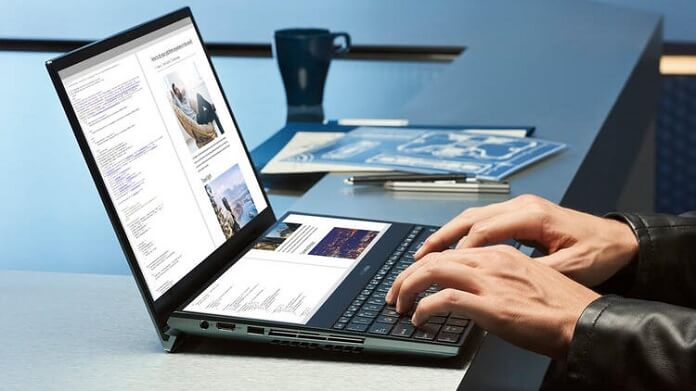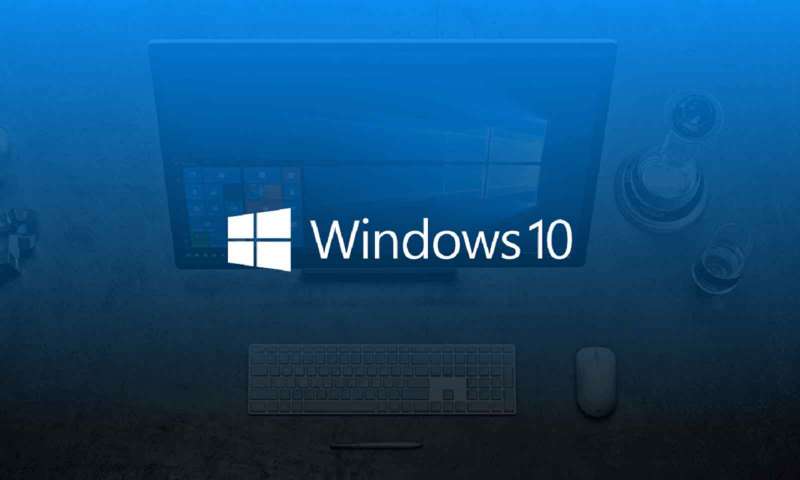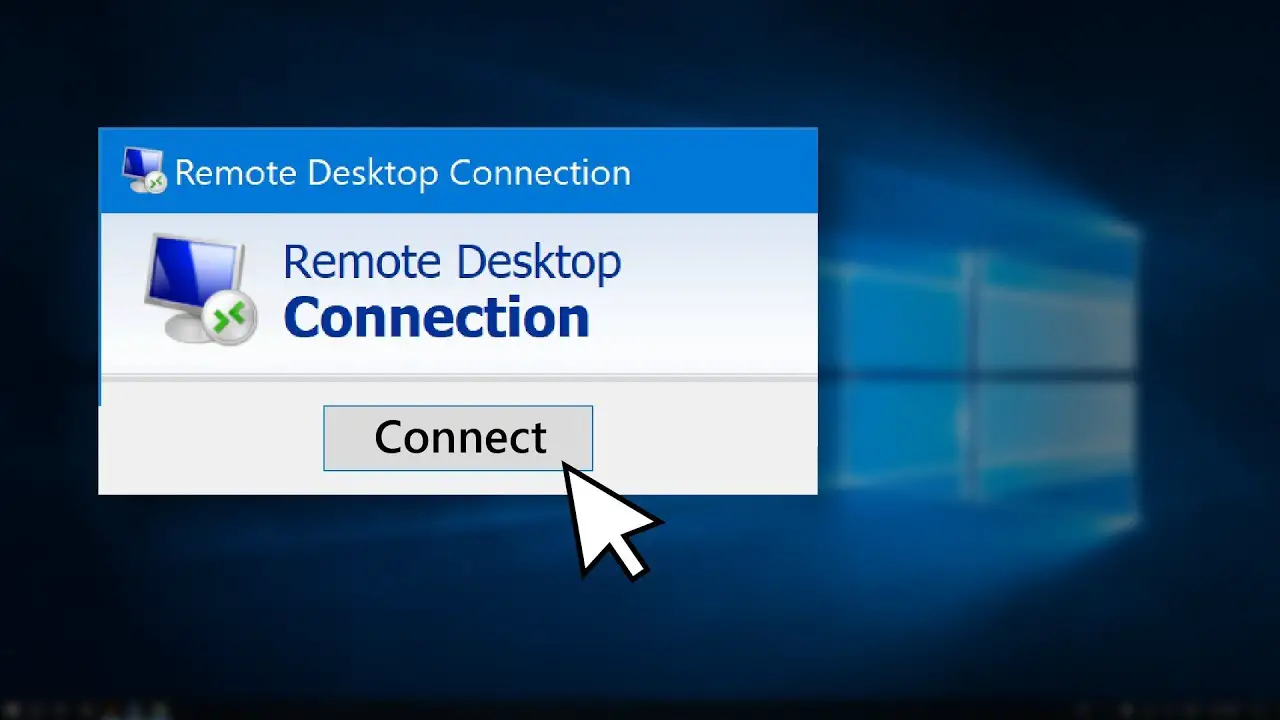Today we are going to give the best security tips for those who use Remote Desktop on Windows 10. Nowadays there are more than one security threats that we have to be prepared for. Hackers target all types of systems and devices.
What is Remote Desktop?
Windows remote desktop is a Microsoft tool that allows us to control our computer remotely. This is very useful nowadays to be able to access files or content that we have on a computer.
It is also very useful to be able to solve some problem in the computer of a friend or relative remotely. Basically, we are going to take control of that computer and will be able to use it normally.

It should also be noted that Windows 10 is the most widely used operating system on desktop computers. This means hackers will target this operating system more than any other.
How to protect Remote Desktop on Windows 10?
Use strong passwords and two-step authentication
Undoubtedly something essential to keep in mind at all times when protecting the remote desktop or any service or tool we use is to create strong passwords. A password must be strong enough to prevent potential intruders from accessing our accounts.
Such a password must contain special symbols, as well as numbers and letters (upper and lower case). But it must also be long enough, it has to be unique and completely random. This is the only way to generate a strong password that cannot be easily found out.
Beyond the password we create, a good step for our security is to activate two-step authentication. It is an option that is increasingly present in Internet services and helps us to improve security. Basically, it means that a possible intruder would need a second step to be able to access our personal data.
Keep the software up to date
Another very important factor is to keep the software up to date. This is something that must be present at all times, no matter what tools or devices we use.
We must apply the patches and updates that are available in order to prevent risks. Because the developers are creating new ways for a more secure user experience every day.
Change the default port
By changing the default port we can also improve the security of the Windows remote desktop. This will prevent possible attackers from targeting this default port, which is 3389.
To change the default port we have to press the key combination Windows+R and execute regedit. Then go to the path ComputerHKEY_LOCAL_MACHINESYSTEMCurrentControlSetControlTerminal ServerWinStationsRDP-Tcp. There we will have to look for PortNumber and double click to change the value.
However, we must take into account that we usually have to give permissions to that port from the firewall we are using. We will have to go, for example, to the Windows firewall and allow connections to the port we have created.

Use firewall to restrict access
Having a good firewall is also very interesting to protect the security of our systems on the network. As we know, we can have both application firewalls and hardware firewalls. In both cases the objective is to reject possible fraudulent connections that could compromise our security.
We can create a rule to allow the connection through a specific port, which will be the one we are using on the remote desktop, but block the rest. This way we will be able to avoid possible intruders that try to break our security.
Limit and control the users that can access
We can create different roles to accept or deny access to certain users. This way we can limit the access to possible insecure users, who can compromise our systems. We have the possibility to control how and who can access the Windows remote desktop.
Protect the network
One more thing to keep in mind is the importance of protecting our network. We must always use secure connections, which do not compromise the proper functioning of the equipment at any time. We must encrypt the wireless networks with a good connection, have the router updated, the network equipment connected, etc.
It is very important that any parameter related to the network is secure enough. Otherwise we could have a security hole that can be exploited by hackers to carry out their attacks.





